MO Tested: Spidi 4Season H2Out Suit Review

One of the most versatile touring suits we've ever tested
Spidi 4Season H2Out Suit Review
Touring suits have a difficult job description. Quite simply, they need to protect the rider from both the elements and potential mishaps in a wide variety of weather and riding conditions. If you think that’s a prescription for compromise, you’d be right. However, compromise is not necessarily a bad thing. The essence of a successful compromise is how carefully the sacrifices are made. In the case of the Spidi 4Season H2Out Suit, the designers made smart choices in crafting this modular riding garment.
The most obvious choice made by Spidi was to divide the differing kinds of protection required from the 4Season Suit into different layers. The exterior layer features abrasion protection the CE-certified armor in the elbows, shoulders, knees, and hips. (Oddly, the back protector is a $110 accessory item that was out of stock, but thanks to the interchangeability of Spidi’s armor, I was able to borrow Tom Roderick’s from his Spidi Ventamax H2Out Jacket.) The next layer is the waterproof layer, followed by the innermost insulating layer.
MO Tested: Spidi Ventamax H2Out Jacket & Thunder H2Out Pants
Layered Functionality
First, let’s consider the handsome exterior of the Spidi 4Season H2Out Suit. My wife has seen over 20 years-worth of riding gear pass through our house, and I can count on one hand the number of suits that she’s actually made me stop and model for her. After I was done prancing around the kitchen for her, she said the 4Season was the best looking touring suit she’d ever seen me wear. High praise from a very opinionated woman. However, the exterior construction is more than just a pretty face.
The exterior of the suit is constructed of what Spidi calls tenax Nylon 6.6 of varying densities, with lower potential for abrasion sections receiving the lighter, more supple textile. Higher impact areas, like the elbows, shoulders, knees, and seat receive a heavier version of the fabric, sometimes in multiple layers. To account for differing body types and for the fact that removing the two inner jacket layers can slightly affect its fit, adjustments are used throughout. The rider’s torso gets a high and low adjustment belts on both the left and right side to allow for broad-chested (or broad-bellied) riders. The arms each receive a strap on the upper and lower arm to minimize wind flap or give a little extra room for airflow on hot days. The bottom edge of the jacket also utilizes an adjustable elastic cord to help keep cold wind and rain out – a very good thing when one considers that the jacket and pants do not zip together.
Thanks to the layers, the vents on the jacket and pants do not need to be waterproof. This is a place that many suits run afoul of either leaks or poor venting. The two chest vents unzip and roll down to create a 5-inch x 5.5-inch opening. The rear vent measures 8 x 9 inches while the pants’ thigh vents form an 11-inch long triangle that is 3 inches wide at its base. All of the vent covers snap out of the way in their open configuration.
The waterproof layer of the Spidi 4Season H2Out Suit is completely removable, giving the rider direct access to the airflow from the vents in dry weather. When the H2Out inner layer is installed the suit becomes completely wind/water-proof. This design has two drawbacks that the rider must accept. First, none of the pockets in the exterior shell are waterproof. So, don’t keep your wallet or cell phone in them during a downpour. Second, donning the waterproof layer requires that the suit be removed. Personally, if it means I’ll be dry and warm, I’m willing to stand on the side of the road in my boxers for a minute or two. Your level of modesty may dictate otherwise.
The second issue with inserting the inner layer is the numerous attachment points between the exterior and interior layers. Personally, I always took the time to snap the 7 jacket loops and the 13 snaps (plus 6 loops) on the pants because they kept the liner properly positioned. Your mileage may vary. Once in place, the suit defended my meaty core from the sometimes heavy rain encountered on our Saddlesore 1000 ride. Although there is no rain hood, the adjustable collar sealed tight enough to keep the dreaded cold drip down the center of the back from occurring.
The final layer of this modular suit – the layer that gives the suit its 4Season name – is the fiber-filled quilted liner. Essentially a lightweight insulated jacket that is worn under the other two layers, the innermost liner helps the rider maintain a warm core, which signals their body that it is safe to maintain a high level of blood flow to the extremities. Although the liner utilizes seven snapping loops to affix it to the jacket, I wore it as a separate jacket under the other two outer layers. This allowed me to easily remove the insulating layer as the temperature rose and fell. Unlike the H2Out liner, its exact positioning isn’t as absolutely important for rider comfort. Although the insulated layer functioned as a light jacket when sitting outside on a coolish day, the lack of exterior hand warmer pockets was a missed opportunity on this otherwise well thought out riding suit.
The Technology In Action
When I first received the Spidi 4Season H2Out Suit, I was surprised that the pants didn’t feature an insulated liner like the jacket. I have worn this jacket in temperatures ranging from the mid-80s to the low 30s Fahrenheit and am impressed with the suit’s versatility. In cooler weather – down to the upper 40s – simply adding the insulated liner was enough to keep me comfortable, though I did notice a bit of chilliness creeping into my fingers once the temperature dropped to 50° F. Adding an Aerostich Kanetsu AIRVANTAGE Electric Vest ($247) electric vest kept me cozy down to just around freezing – plus (or is that minus) wind-chill. In warmer weather, the venting is quite good. The 4Season looks to become my go-to warm-weather suit in addition to my cold-weather choice.
In the wet, I stayed dry and comfortable – which is the purpose of riding gear. However, I’m a bit surprised by the limited amount of waterproof storage space provided. Essentially, the one mesh pocket inside the H2Out liner is all you’ve got unless it’s cold enough to prompt you to wear the insulated liner, too. In the end, I kept my wallet in the inner pocket and placed my keychain (which had my truck remote on it) in a ziplock bag in an outer pocket. If you’re not wearing the insulated liner, you’ll probably want to put your phone in a baggie, too. The mesh pocket gets a bit crowded with a wallet and a phone.
The suit itself is all-day comfortable. In the more than 24 hours straight that I wore it during our Saddlesore 1000 ride, it felt great. All I wore under it was my Rev’It Oxygen Shirt And Pants and a t-shirt. The 4Season’s layers that kept me so warm and dry did come with a slight cost, though. Every time I put my jacket back on at a gas stop, I had three separate zippers to close on the front of the jacket to seal it – which seems like a small price to pay to be warm and dry.
MO Tested: Rev’It Oxygen Shirt And Pants
The Spidi 4Season H2Out Suit comes in sizes from M-3XL with color options from Black, Black/Grey, Black/Grey/Blue, Black/Grey/Red, and Black/Grey/Hi-Viz Yellow. While I normally wear a L or XL, depending on the gear, I followed the sizing chart and ended up with 2XL for my size and a perfect fit. So, be aware that sizing seems to run on the small side. I’d recommend trying one on before buying.
At $1,080, the Spidi 4Season H2Out Suit’s pricing isn’t cheap, but with the technology and versatility in riding conditions allowed by the construction, this should come as no surprise. Since I believe the back protector should be included in the price of a suit in this cost range, adding it brings the effective cost of the suit to $1,190. For the rider who rides long and hard, this will be money well spent. Learn more about the 4Season H2Out Suit at the Spidi website.

Like most of the best happenings in his life, Evans stumbled into his motojournalism career. While on his way to a planned life in academia, he applied for a job at a motorcycle magazine, thinking he’d get the opportunity to write some freelance articles. Instead, he was offered a full-time job in which he discovered he could actually get paid to ride other people’s motorcycles – and he’s never looked back. Over the 25 years he’s been in the motorcycle industry, Evans has written two books, 101 Sportbike Performance Projects and How to Modify Your Metric Cruiser, and has ridden just about every production motorcycle manufactured. Evans has a deep love of motorcycles and believes they are a force for good in the world.
More by Evans Brasfield



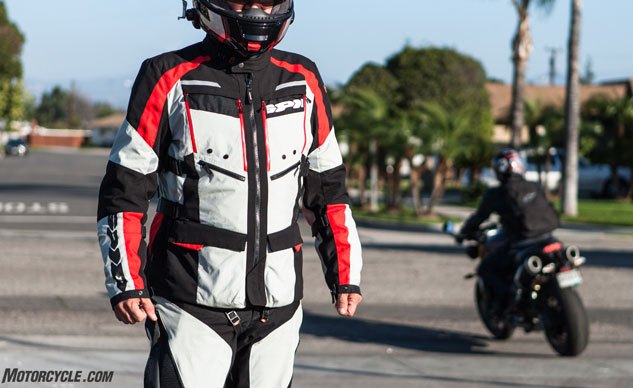
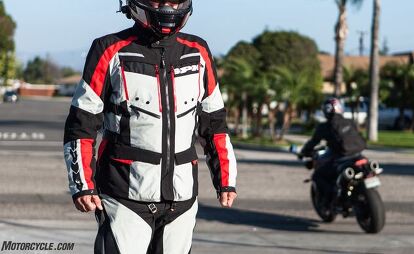

















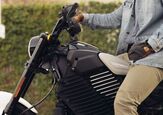
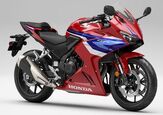

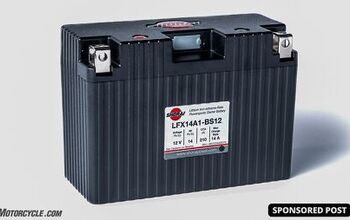
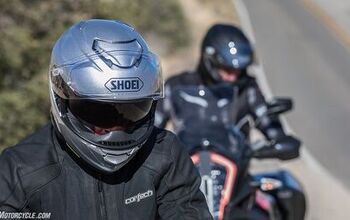
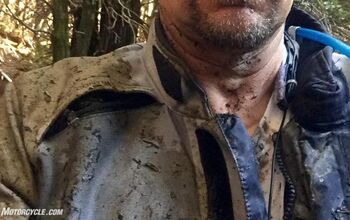
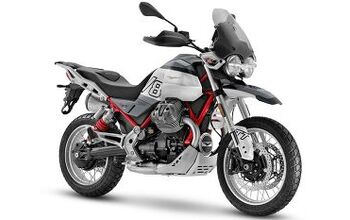

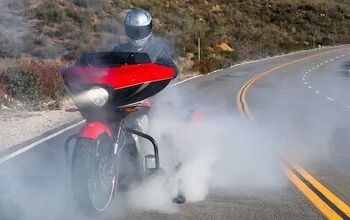


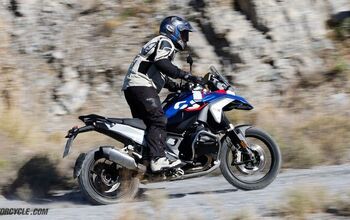
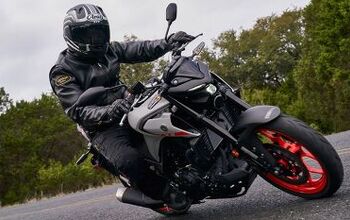
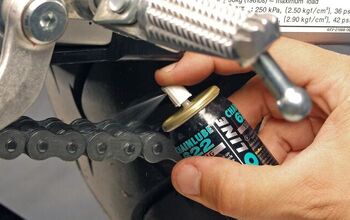

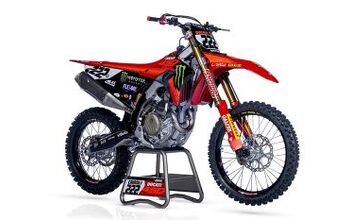

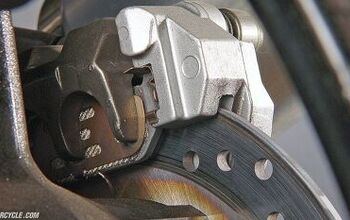


Comments
Join the conversation
Sounds like a fine suit. I bit spendy, as you say, but if you put many miles on it, it's probably worth it.
I have one of their older suits, which I probably prefer since the exterior is waterproof. It has scuba zippers, which are a bit slow, but never leak. And all the pockets are waterproof due to the exterior.